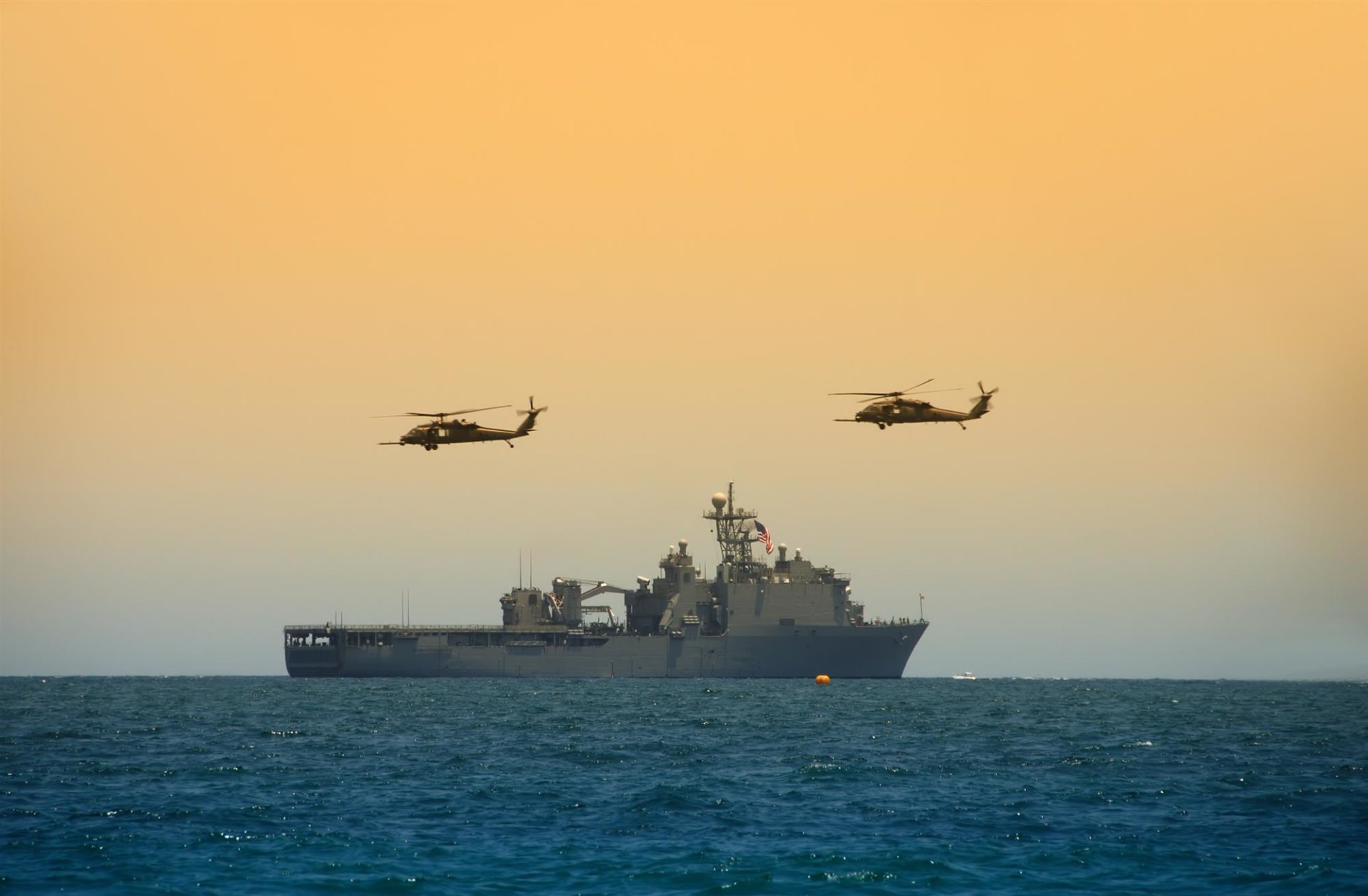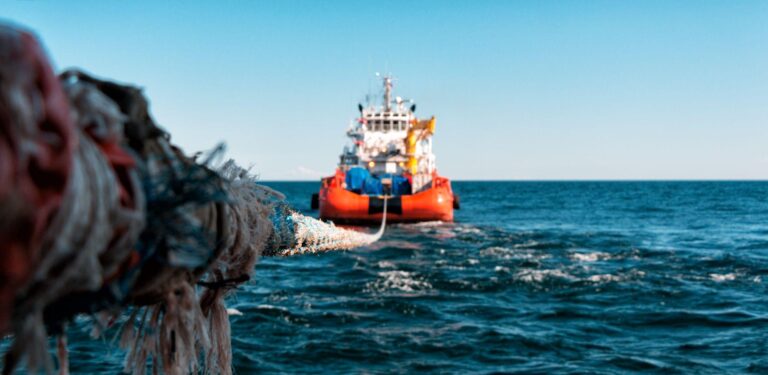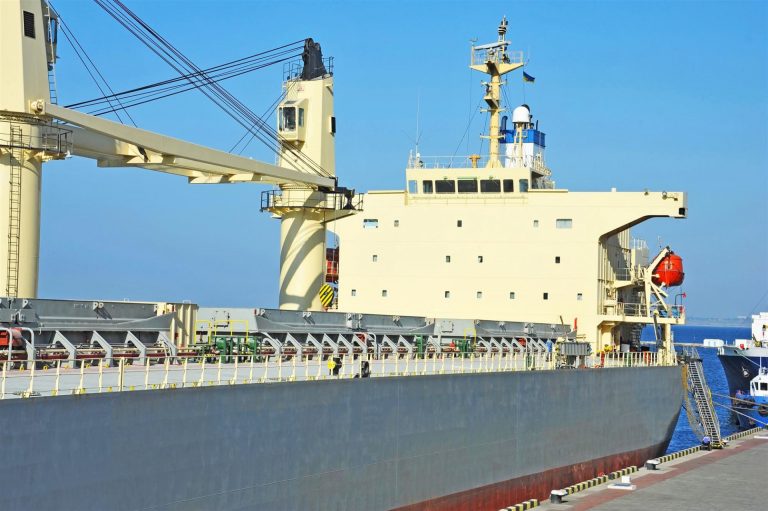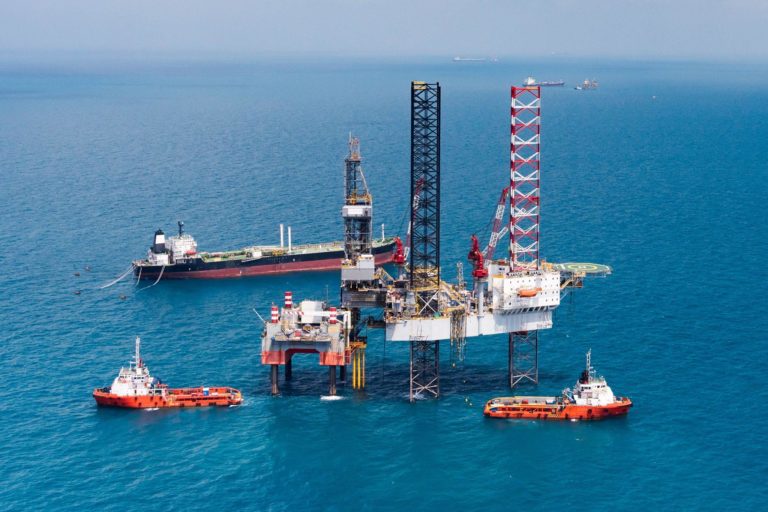The United States Navy destroyer Fitzgerald departed early on a Saturday morning from the American base at Yokosuka, Japan. It was still dark, but the weather was clear. Only a handful of the 350 sailors would have been awake. The crew had mere minutes to prepare for the collision on the starboard side which killed 7 crew members. 116 members of the crew were still asleep when the collision happened.
Each year, maritime accident lawyers review cases just like this one to shed light on complex, confusing events. Let’s take a look at the details of this case and how maritime law fits in.
What Happened?
It’s still unclear what went wrong, and multiple investigations are still under way. Anyone’s best guess is that whoever was on duty saw the unexpected lights of a cargo ship, the ACX Crystal from the Philippines, and attempted to steer away from it. The collision caused significant damage to areas above and below the water line. A concave area formed that extended one-third of the way across the ship.
The crew showed tremendous effort to keep the Fitzgerald from sinking before tugboats arrived. They towed the destroyer back to Yokosuka before divers explored the submerged compartments. They found the bodies of all seven victims and released their identities.
Determining What Went Wrong
Maritime laws are complex and, often, the investigation into a maritime accident can make or break a case. Because incidents are so rare, there’s very little history to go on. Most veteran sailors with decades of experience can count on one hand the number of incidents with which they’ve ever been involved.

In the case of this incident, something went wrong, but it’s exceptionally difficult to determine exactly what that something was. Nevertheless, very few incidents are ever true accidents—and that means someone must be held accountable.
Bryce Benson, the ship’s commander, received injuries in the collision but will make a full recovery. Navy ship commanders have ultimate authority and responsibility for their vessel, and that often means they, or the Navy as a whole, are held responsible when accidents occur. Commanders are accountable for everything that happens on their ship, even if it wasn’t their fault, and that includes Benson.
Benson would have updated the standing orders before standing down for the night. This is regular practice on all Navy ships, and these orders almost always mandate the night watch to alert the captain of unusual activity. Some standing orders require notifying the commander if the ship’s closest point of approach is less than 5,000 yards.
Whether Benson recorded the events or not, investigators are currently attempting to identify if true fault under maritime law exists. In the process, they’ll assess competency, protocol, timelines, and radar records, and interview each person aboard. If any sailor, or the commander himself, failed to follow protocol or operated the ship unsafely, he or she may be held responsible monetarily or legally.
If you’ve been injured in a ship accident, either while in the Navy or while on another boating vessel, Maintenance & Cure wants to help. Contact us today for a consultation on your options, either for defense or for seeking contribution when it matters most. From the Jones Act to international waters, we understand how to best help you achieve your goals through Maintenance & Cure.







